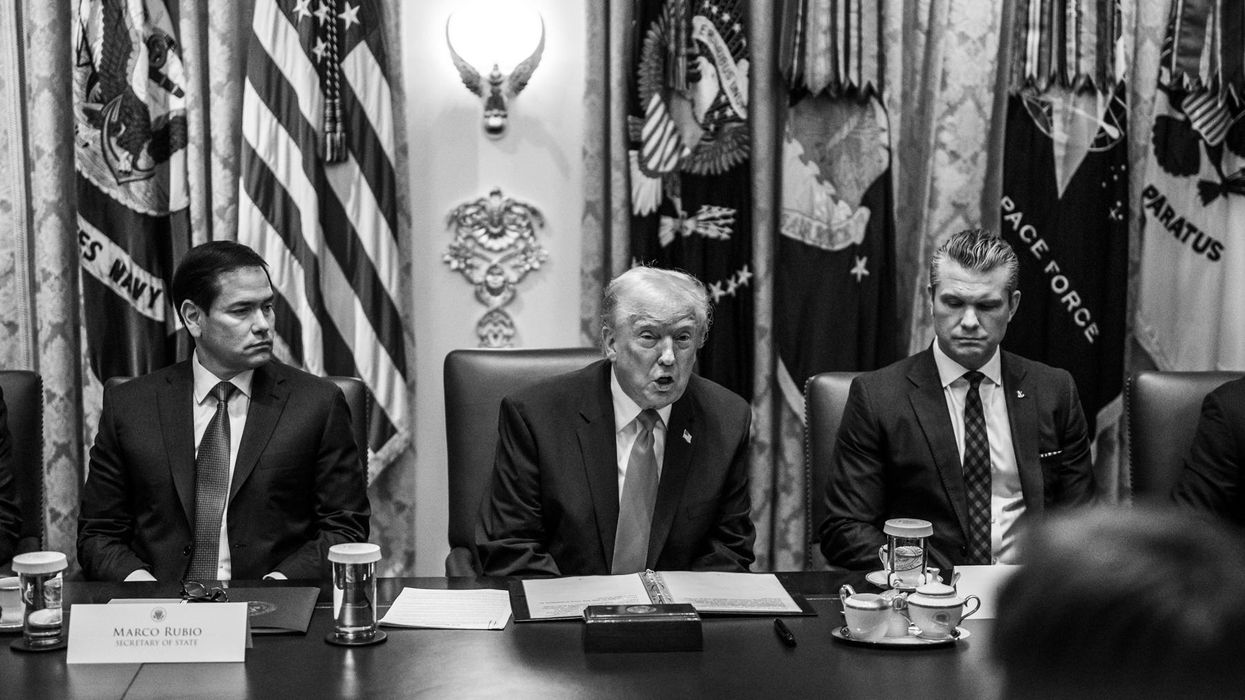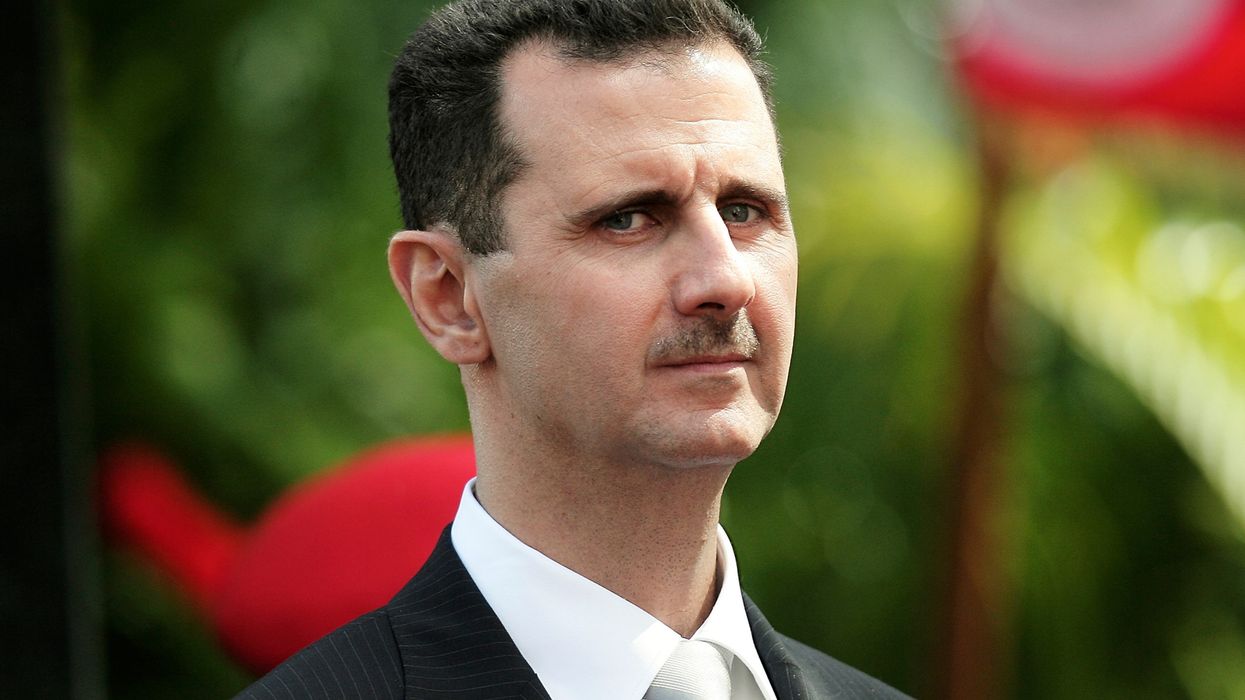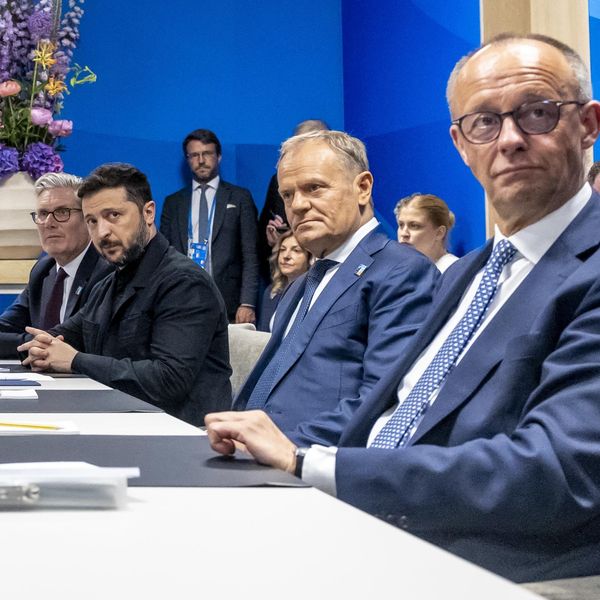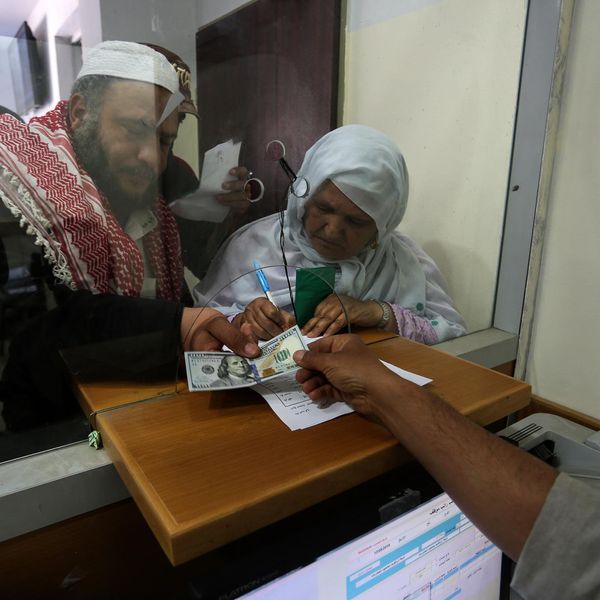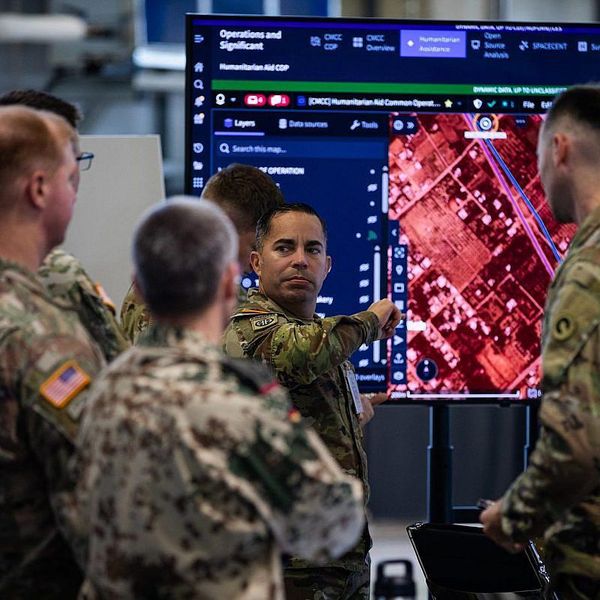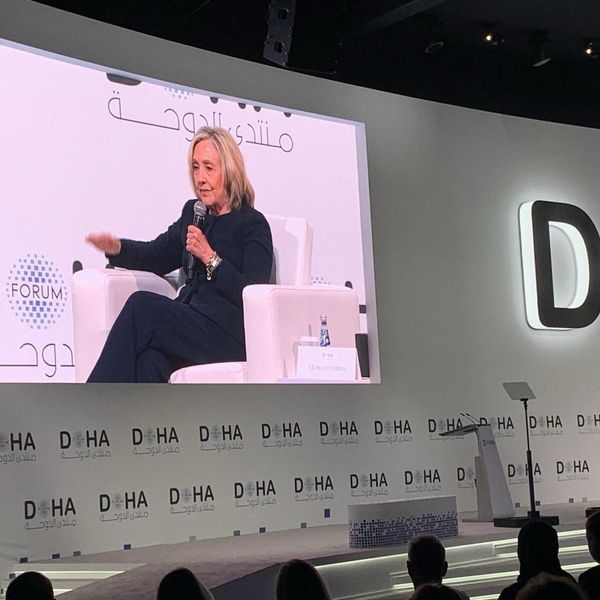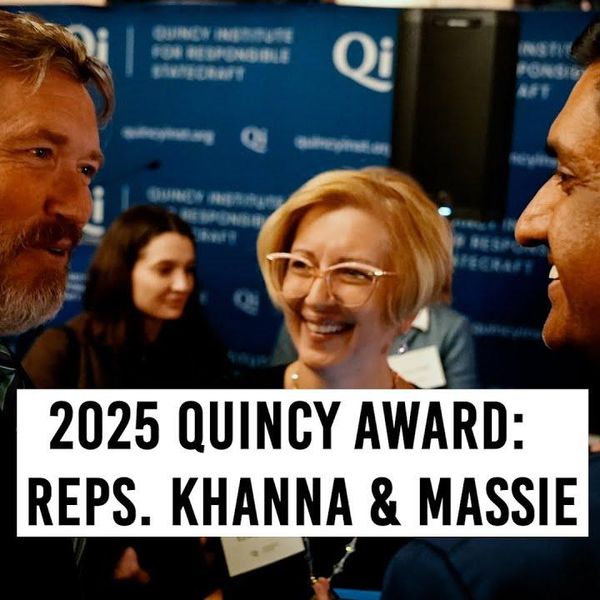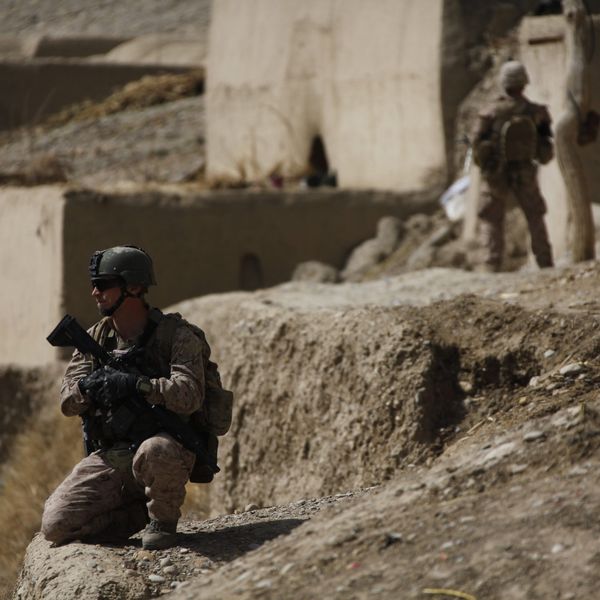Will the Russian invasion of Ukraine provide an opportunity to mend ties between Ankara and Washington?
There is some cautious optimism in the air. From Washington’s perspective, a return of Cold War dynamics between the West and Moscow is not necessarily a bad thing. Germany has already surprised the world with how quickly it announced radical changes to its military posture. Some may hope Moscow’s aggression will ring a similar wake-up call in Turkey and force Ankara to reconsider its military, economic and strategic relations with Russia.
It remains unclear how much this new Cold War between Moscow and NATO will resemble the old one. But there are already clear signs that Turkish-American relations are witnessing something of a rebound. For starters, no one is any longer talking about kicking Turkey out of NATO. To the contrary, Turkish drones used by Ukraine with great effectiveness is all the rage. According to Victoria Nuland, the Undersecretary for Political Affairs at the State Department who visited Ankara earlier this month, Turkey is playing a “pivotal role” in Ukraine, and there is “a new energy” in ties.
Wendy Sherman, the Deputy Secretary of State was even more ambitious during a visit of her own to Ankara in late March. She reportedly floated the idea of Turkey transferring its recently purchased Russian-made S-400 missile defense systems to Ukraine.
Not surprisingly, this highly risky idea received a clear rebuttal from Ankara. But Ankara and Washington nonetheless have decided to establish a new strategic mechanism to cooperate more diligently on areas of mutual interests.
It will probably, however, take much more than a bureaucratic working group to mend ties. Ankara has been ejected from the F-35 program after it received the S-400s from Russia. And Turkey’s defense industry is under strict military sanctions from Washington.
How did we get here in Turkish-American relations? Any attempt to analyze the root causes of Turkey’s deteriorating relations with the United States would quickly reveal the central role played by Turkey’s Kurdish predicament.
Most of the intractable problems in Turkish-American relations have emerged in the post-Cold War period. As soon as a post-Soviet regional and global order emerged in the early 1990s, Turkey and the United States realized that they lost what was truly essential in their strategic partnership: a shared threat perception. After 9/11, as the center of gravity of American foreign policy shifted to the Middle East, things went from bad to worse. The two NATO allies rapidly discovered that they had diverging interests in this difficult region.
For Turkey, the existential question both at home and across its borders with Iraq and Syria was Kurdish nationalism. For the U.S., on the other hand, Jihadist terrorism was the top national security concern. Ankara and Washington managed to compartmentalize their problems until America decided to fight the jihadist terrorism of ISIS in alliance with Kurdish nationalists. It also didn’t help that that an increasingly frustrated Ankara began cooperating with jihadist groups in Syria. As Washington partnered with Kurdish nationalists and Turkey began to support jihadists, the limits of compartmentalization emerged starkly.
Putin happily exploited this situation by embarking on a project to lure Turkey away from NATO. To Putin’s delight, Ankara purchased Russian S-400s partly to get a green light from Moscow for its military incursions into northern Syria. Turkey’s Kurdish predicament and the American embrace of Syrian Kurds was the gift that kept giving for Moscow.
In the meantime, with problems ranging from Israel’s treatment of Palestinians to attempts by Saudi Arabia and the United Arab Emirates to suppress the Muslim Brotherhood across and region, to American sanctions on Iran, it was becoming increasingly clear that the Middle East had become a nightmare for Turkish-American relations.
Back to Europe ?
Now, with Putin’s aggression, the center of gravity in Turkish-American relations is once again rapidly shifting from the Middle East to Europe, as in the good old days of the Cold War. Turkey’s balancing act between NATO and Russia always depended on the assumption that Russia was no longer a malign influence and a critical enemy of the West. What has been unfolding in Ukraine since the February 24 invasion has changed all that. We are back to Cold War dynamics with much less predictability due to Putin’s personalized and mercurial form of power in the Kremlin. From nuclear saber-rattling to the potential use of biological and chemical weapons, no one is clearly sure how the war in Ukraine will come to an end.
Under such circumstances, the days when Turkey enjoyed some strategic autonomy between NATO and Russia are clearly coming to an end. President Erdogan is still trying to perform a balancing act by hosting talks between Russia and Ukraine, but Turkey will eventually have to make a choice between Moscow and the West. It is clearly in Washington’s interest to have Ankara strongly anchored in the transatlantic camp. Europe’s energy independence from Russia will partly depend on the East-West energy corridors passing through Turkey. Connecting rich eastern Mediterranean gas reserves with Europe will also require Ankara’s cooperation.
Reducing Europe and Turkey’s dependence on Russian energy is no doubt a major strategic priority for the Biden administration. But in the shorter term, another critical issue will test whether Russia’s invasion of Ukraine has become a game changer in Turkish-American relations: the sale of F-16s fighter jets to Turkey. Turkey’s request late last year to buy 40 F-16 fighters and nearly 80 modernization kits for its existing warplanes is pending.
The Biden administration has recently expressed some backing for this project on the grounds that Ankara supports Ukraine militarily and that the country has already paid a price for its purchase of S-400s. However, the sale requires congressional approval at a time when anti-Turkish sentiment is still alive and well among U.S. lawmakers.
This is why any strategic mechanism that will be established between Ankara and Washington should first tackle Congress’ dismal image of Turkish democracy under Erdogan. Even a new Cold War between Russia and the West is not likely to alter the prevailing impression of Erdogan as an autocrat who favors Putin over the democratic transatlantic club.


